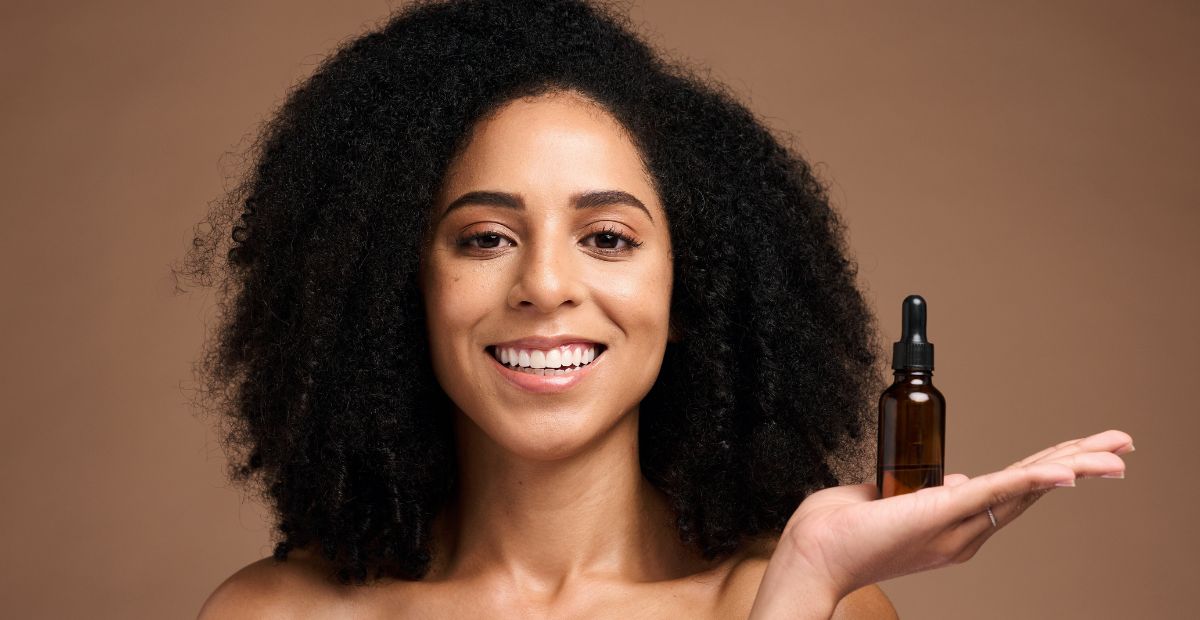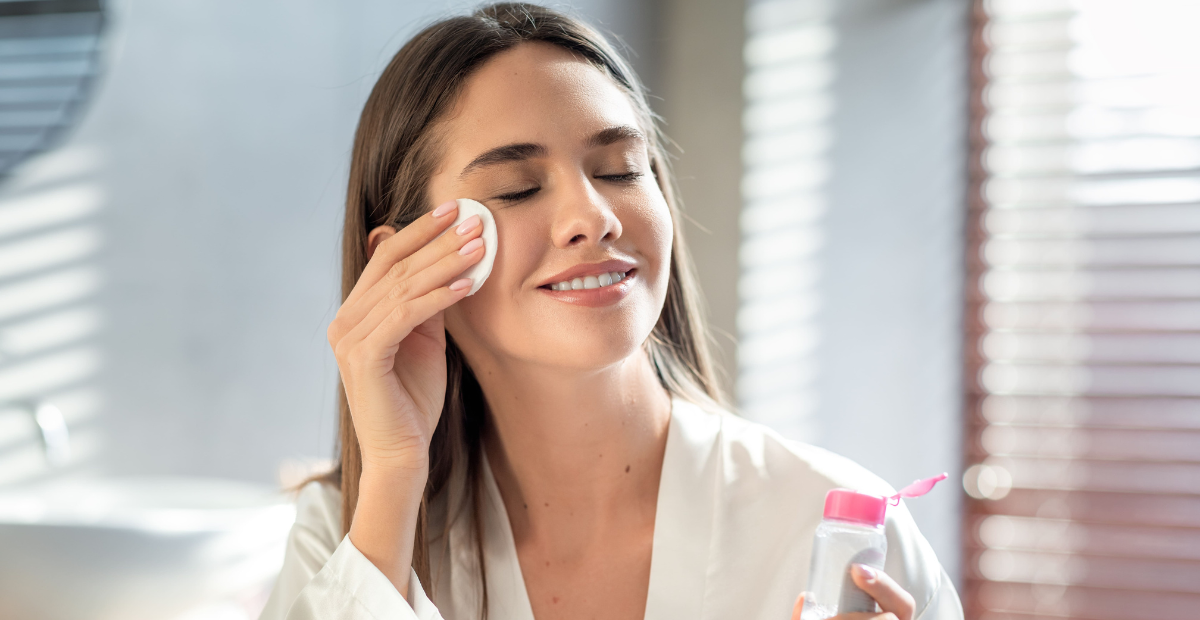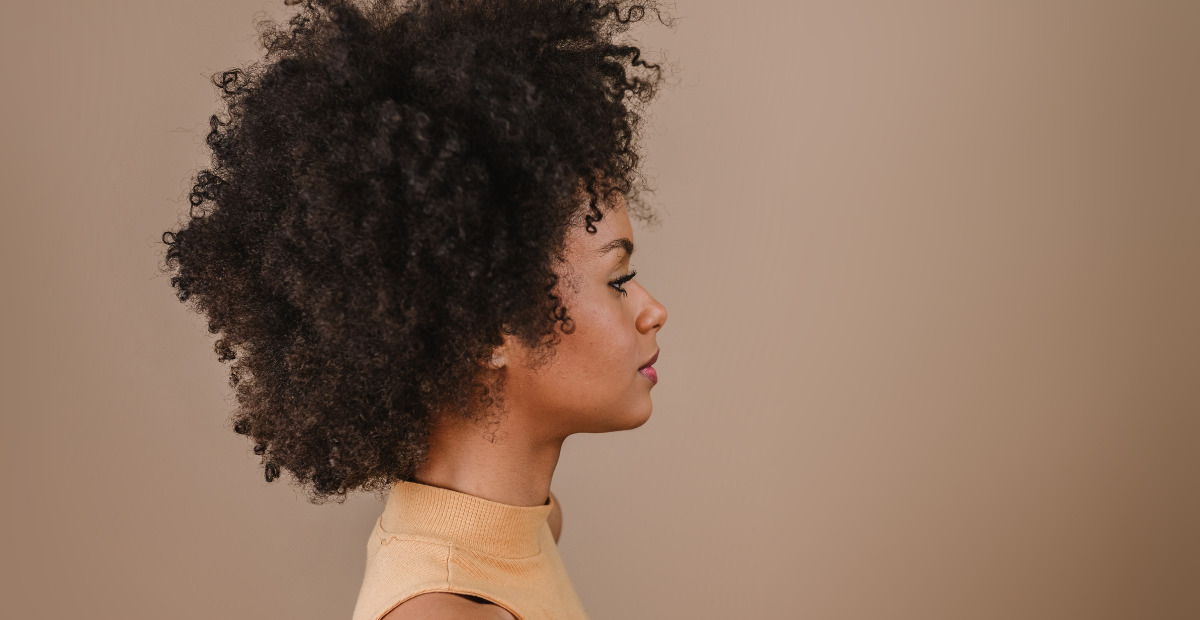7 Bad Habits that Damage Your Hair
Onskin Content Team
Your guides through the skincare chaos
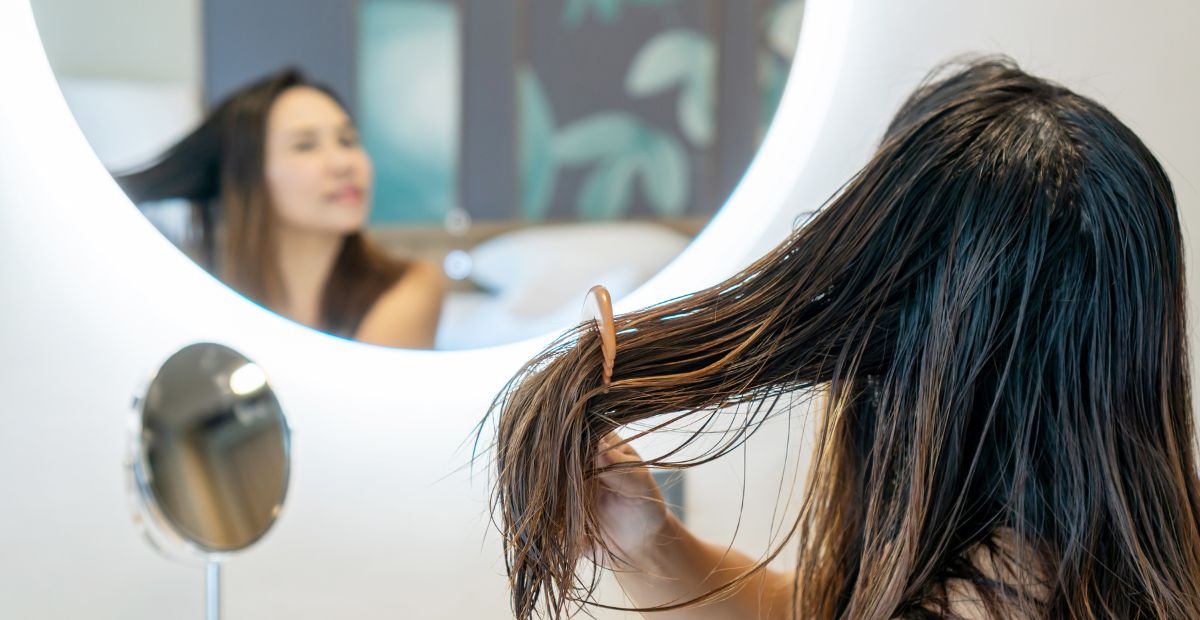
Whether it’s over-styling, using the wrong products, or just plain neglecting our hair’s needs, these bad hair habits can have lasting effects on your strands. So, let’s break them down and talk about routines that damage hair the most—and, of course, how to avoid them. Your locks will thank you!
1. Harsh Shampooing (Stop to Scrub Hard)
It’s easy to think that if you scrub hard, you’ll get your hair extra clean. But here’s the thing—this pressure is excessive. How does hair suffer from this? Simple. Wet hair is fragile, and when you rub too aggressively, you risk causing unnecessary tension that can lead to breakage and frizz. You can even damage hair follicles.
Do instead: Gently massage your shampoo into your scalp, letting the suds flow down the hair shaft without rubbing them in. Use your fingers or a scalp massager for a gentle, effective clean. Your hair will thank you with less damage, and your scalp will appreciate the relaxation.
2. Washing with Hot Water (So Not Worth It)
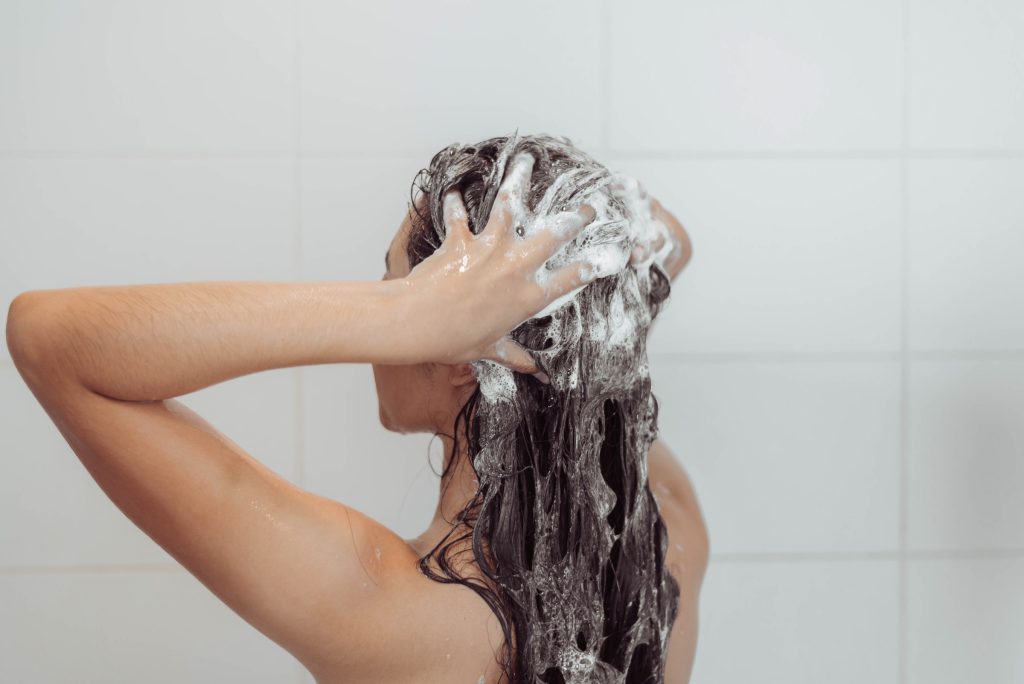
We get it: a hot shower feels amazing, but it’s not always a treat for your hair—especially if you have porous or fragile strands. While warm water can help cleanse the scalp and remove product buildup, exposing your hair to extreme heat regularly can disrupt its natural protective barrier, break down essential proteins, and strip away vital oils.
How does hair get damaged this way? Well, it leads to dryness, frizz, and, to top it off, it can fade any color you’ve invested in for your hair.
How to do it right: For your hair health, turn the water temperature down to lukewarm when washing your hair. Then, once you’re ready to rinse out your conditioner, finish with a cold rinse. Finishing with cold water closes the cuticles and locks in moisture. Plus, it boosts scalp circulation, promoting healthier hair growth.
3. Choosing Wrong Hair Care Products
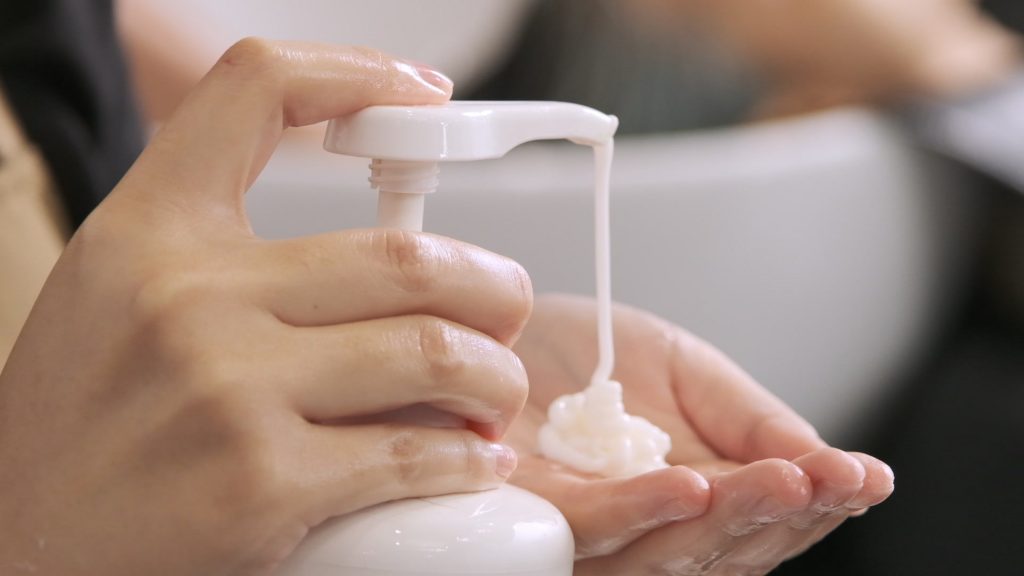
Let’s face it—your shampoo and conditioner might be doing more harm than good if you’re not careful about what’s inside those bottles. Look closer at the ingredients list. Artificial fragrances, sulfates, alcohols, and parabens are major red flags there. These additives can be harsh on your strands, stripping away natural oils and nutrients, and so leading to unhealthy hair.
While sulfates can be helpful for the occasional deep cleanse, overuse is definitely bad for your hair—especially if you have extensions, which can dry out and tangle.
What is bad for your hair as well? Using products that don’t match your hair type. Remember that there is no one-size-fits-all shampoo or conditioner: each head of hair is unique, with its own personality. And your hair deserves products that cater to its sets of needs.
What’s the fix? Choose only suitable jars and bottles. For example, if dryness is your nemesis, fight back with a moisturizing shampoo infused with nourishing ingredients like shea butter or argan oil. If you’re looking for a safer option, try sulfate-free shampoos, and always check the labels for harmful ingredients.
Pro tip: If all those labels and ingredients feel overwhelming, let technology help you out. Apps like OnSkin can analyze your current hair care products and match you with options that are compatible with your hair type. Think of it as having your personal cosmetologist in your pocket.
4. Towel-Drying Your Hair (Just Stop)
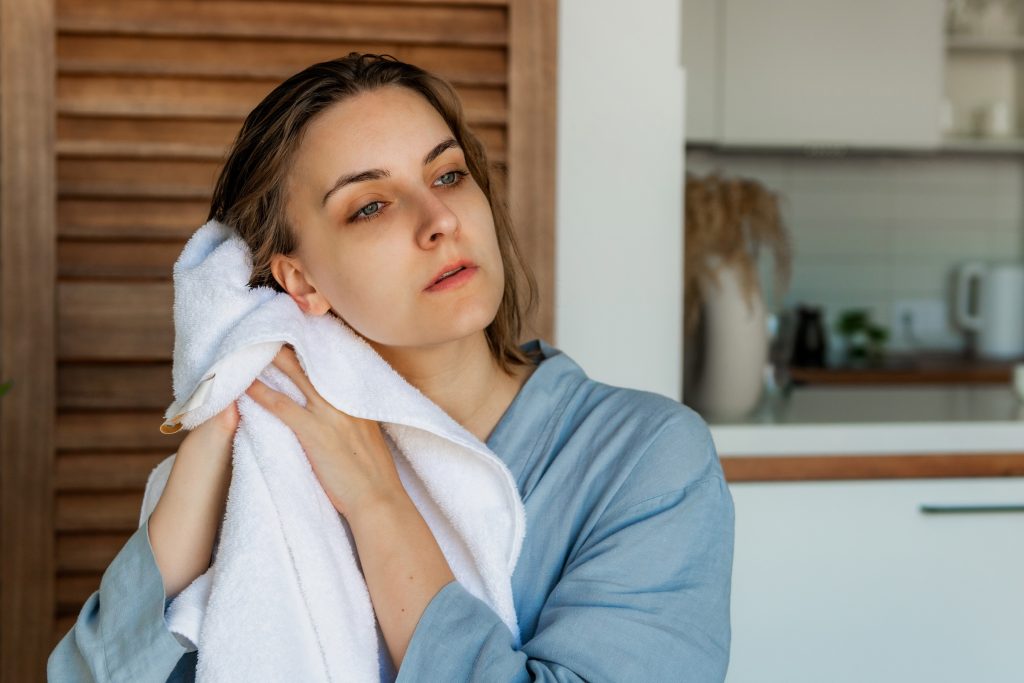
Sure, it’s easy to grab a towel and rub your hair dry after a shower. And yet, how many times have you done it, thinking your strands would dry faster? In fact, wet hair is already fragile, and too harsh towel-drying can lead to frizz and breakage. Plus, the rough fabric of a cotton towel creates friction you don’t need in the long run.
Tip? Treat your wet hair like a delicate fabric. Instead of roughing it up with a towel, gently blot away excess moisture. Then, let nature take its course and air dry whenever possible. For an even softer touch, try a microfiber towel or an old t-shirt to squeeze out water. Your strands will thank you with less breakage and frizz.
5. Overheating Your Hair
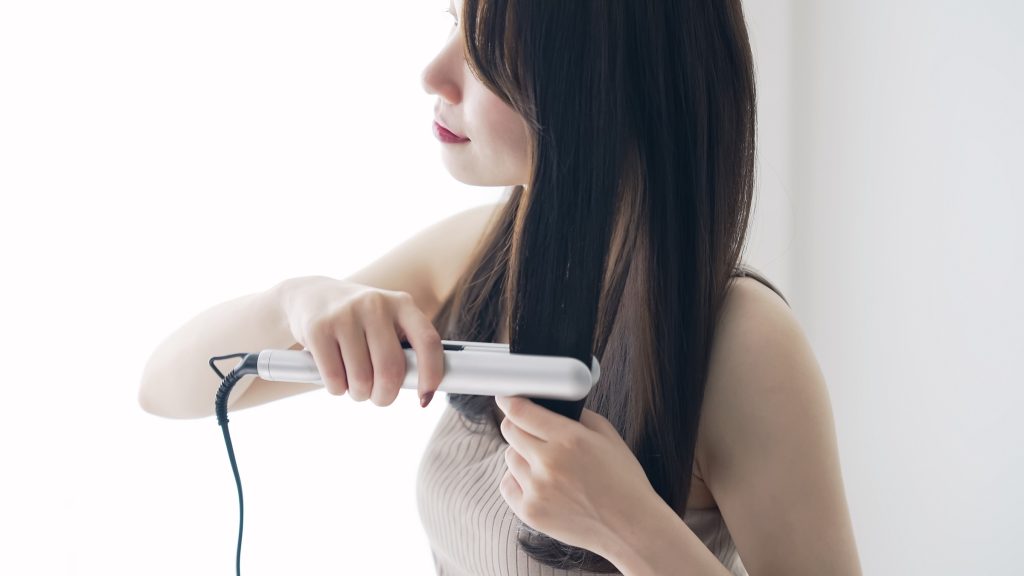
We’re all guilty of this one. Blow dryers, straighteners, curling irons… They make our hair look perfect in the moment, but they’re also major offenders when it comes to what damages hair the most. High temperatures (over 300°F or 150°C) change the protein called keratin on a molecular level. And when you apply heat too often, your strands lose their elasticity. As a result—split ends, tangles, and even breakage.
How to fix it: Try to reduce your heat styling routine to once or twice a week. If you can, air dry your hair or experiment with heatless styles. And don’t forget the heat protectant spray—it’s like sunscreen for your hair!
6. Sleeping with Wet Hair
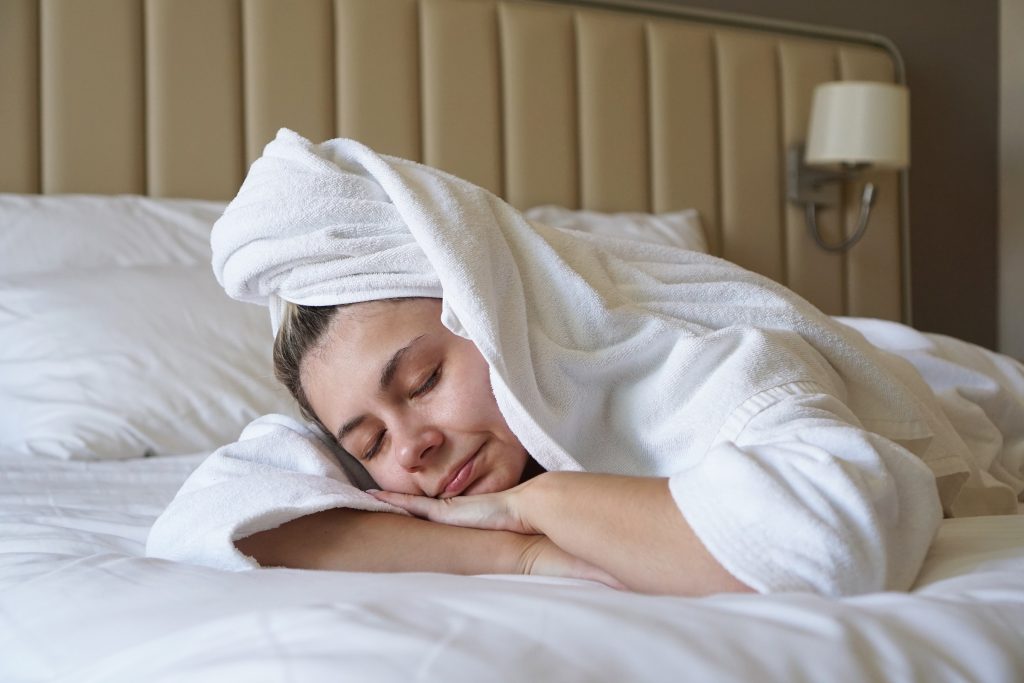
We all know it’s tempting to just crash into bed after a long day, but sleeping with wet hair is a big no-no. When your hair is wet, it’s at its weakest, and tossing and turning all night can cause breakage and even lead to scalp infections. Yikes!
How does sleeping with wet locks damage hair? Moisture combined with friction. When you sleep with wet hair, your strands rub against the pillow, which can cause them to stretch and break.
Pro tip: If you’ve got to sleep with damp hair, use a silk or satin pillowcase to reduce friction. Better yet, try air drying your hair before bed or use a blow-dryer on a cool setting to dry it quicker.
7. Tying Hair Up Too Tightly
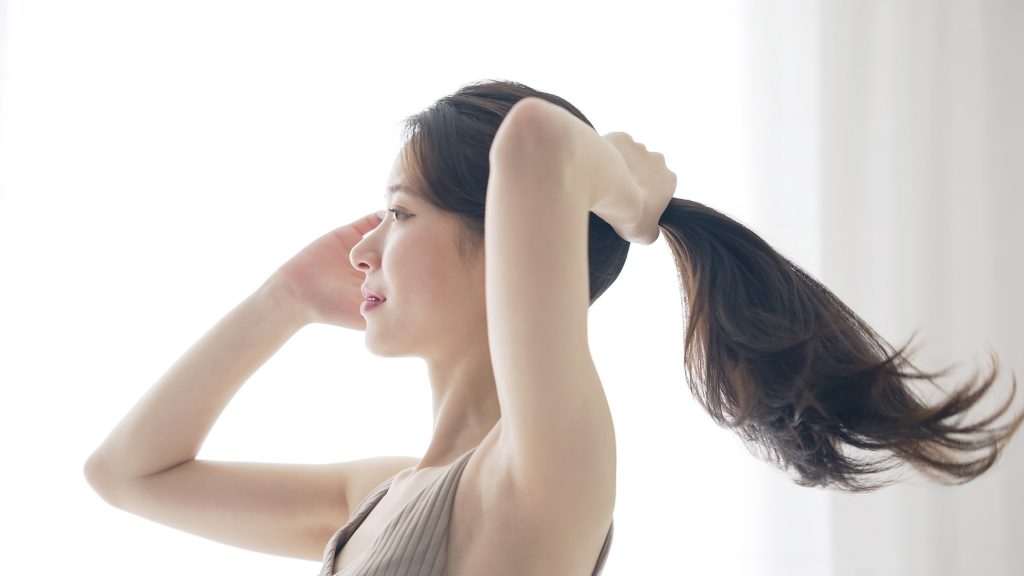
Tight ponytails, braids, and buns might look cute, but they put a lot of strain on your hair follicles. Over time, this stress can result in traction alopecia—a condition that causes hair loss along your hairline. If you wear tight hairstyles too often, you can actually pull out your hair!
How to avoid this: Opt for looser styles and use gentle hair ties that won’t pull on your strands. So, loose buns or ponytails are much easier on your scalp. Also, don’t let your hair get stuck in a rut! Embrace variety and change up your hairstyles regularly to avoid putting too much stress on any one area.
The Closing Cut
Hair health isn’t just about the products we use. Gorgeous strands start with ditching those little bad habits that can secretly damage hair—like overusing heat or rough towel-drying. Everyday actions are what damages hair the most. And being more mindful of how we treat our locks, we can boost their strength, health, and beauty.
FAQ
-
Where do I start with OnSkin?
Download the app and think of a product you’d like to know more about. Then, go to the main screen and choose how you’d like to get the info —by manually looking it up in the search bar, by scanning its barcode, or by simply taking a picture of the packaging. Once you’ve done any of these, you can see how safe the product is and if it suits your skin or hair (if this analysis is available).
-
What is Safety Rating, and how is it calculated?
In OnSkin, we base product rates on ingredients. Each is closely studied by our medical team and then evaluated. This way, each product gets a score from 0 to 100, with 100 as the safest level.
Safety Levels
- Excellent (76–100)
- Good (51–75)
- Not great (26–50)
- Bad (0–25)
These scores are backed by the latest scientific studies. You can find links to the resources we’ve used on each ingredient page. To assess the safety of product ingredients, we evaluate them according to the following parameters/criteria
- Endocrine disruption risk / Reproductive toxicity
Indicates the probability of mimicking, blocking, or interfering with the body hormones.
- Сarcinogenicity
Measures the potential risk of inducing cancer.
- Allergy risk
Estimates the probability of an allergic reaction.
- High concentration alert
Determines the risk of being unsafe in certain amounts.
-
What is Skin Match?
Based on the info you input about your skin type, age, skin care goal, and other “settings,” OnSkin checks how well a product is tailored to your unique skin needs — it’s basically like a dermatologist helping you find the right products, minus the fees and the long wait. The product you’re checking might be labeled as It’s a match!, Hit-or-miss, or Not a match for you. The app also detects ingredient groups such as Anti-acne, Anti-inflammatory, Moisturizes, May be drying, Comedogenic, and others — by tapping one, you see exactly what ingredients from this or that group are in the product.
-
I seem to have a problem with using the app. Who should I contact?
Please reach out to us at [email protected], and we’ll carefully look into your issue. Your ideas for improving the app are also very welcome!
-
Do you have an Android version?
Not yet! Hey Android users, we hear you, and we're thinking about making an Android version, but we haven't started the development yet.
Tracker Sent!
It’s on the way to your inbox.


